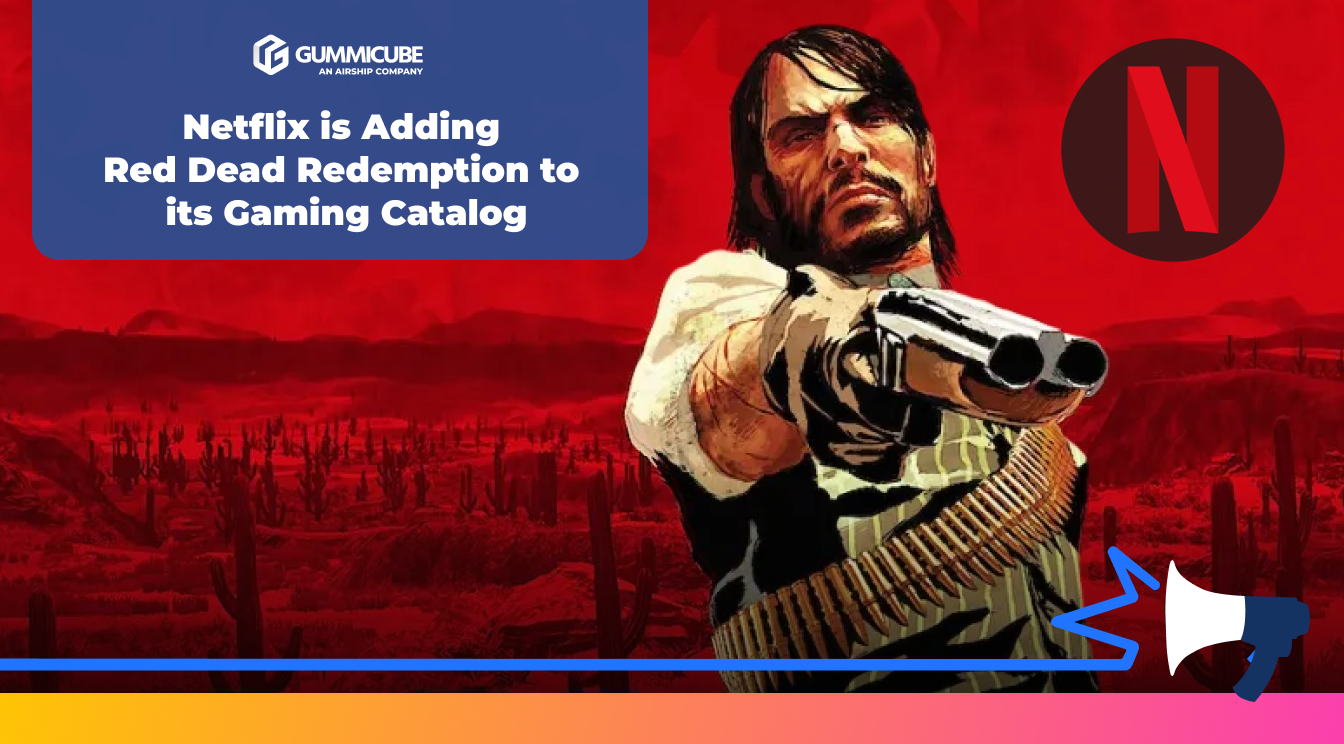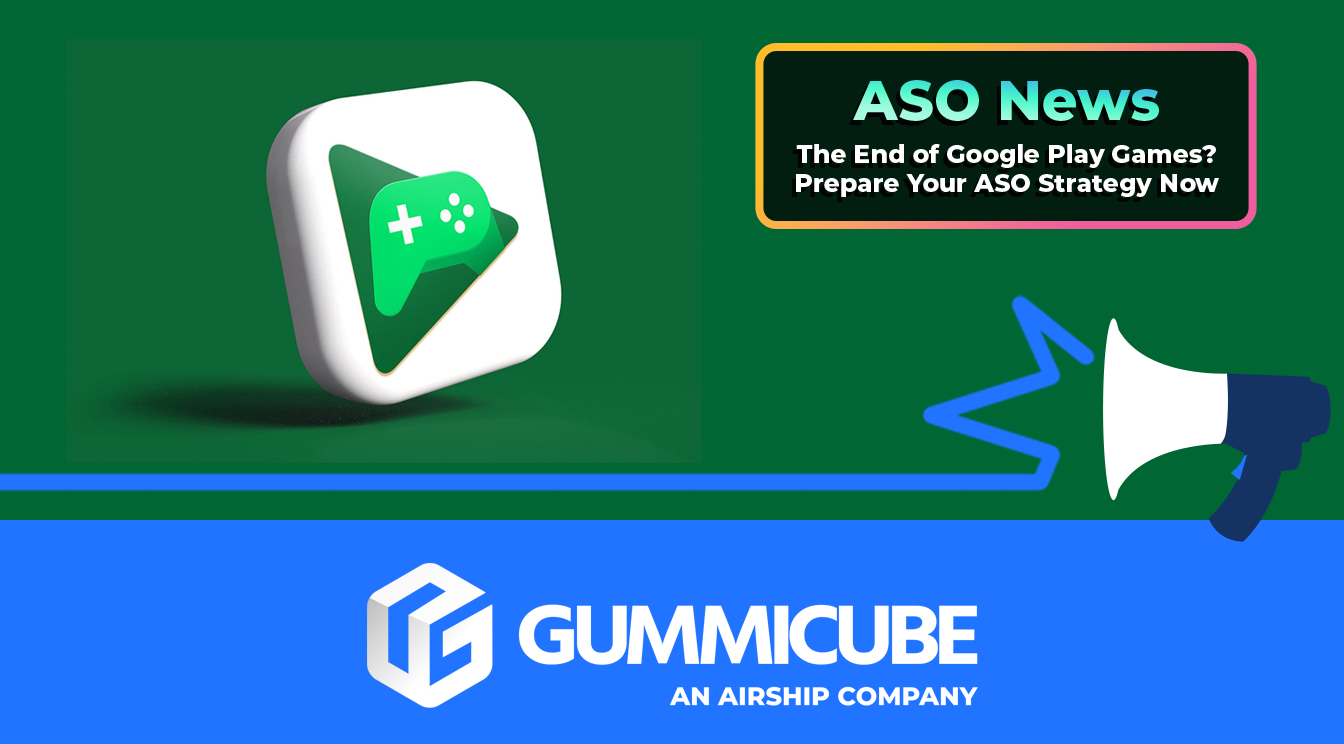
Netflix is Adding Red Dead Redemption to its Gaming Catalog
Posted on December 19th, 2025
The addition of Red Dead Redemption to Netflix’s gaming catalog represents a meaningful moment in the evolution of mobile gaming and digital distribution.

Google may be phasing out Google Play Games. While the company has not issued an official shutdown notice, recent activity suggests that its mobile gaming platform is slowly being absorbed into the Google Play Store itself.
Google hasn’t made any significant updates to the Google Play Games app in months. In contrast, under-the-hood changes in the Google Play Store app point to a clear shift. According to AssembleDebug, upcoming features include Gamer Profiles and the ability to follow other users—functions that once belonged exclusively to the standalone Play Games app. The Play Store is already capable of tracking gamers’ achievements, further reinforcing the migration.
This quiet transition highlights a recurring pattern in Google’s product ecosystem: consolidation. As features are absorbed into flagship platforms like the Play Store, standalone products are left to stagnate. For app developers and App Store Optimization (ASO) professionals, this isn't a background process. It changes how users discover, engage with, and return to mobile games.
Recent activity within the Google Play Store points to the quiet integration of key gaming features that were once exclusive to the standalone Play Games app. These include:
Meanwhile, the Google Play Games app has remained dormant. There have been no interface updates, no new discovery tools, and no changes to its layout or user experience. This stagnation, alongside the Play Store’s expanding functionality, strongly signals that a transition is well underway.
This type of migration is familiar within Google’s ecosystem. Redundant products are often phased out quietly. Google Pay gave way to Google Wallet. Google Podcasts is being merged into YouTube Music. Google Play Music was sunset in favor of newer platforms. The Play Games app appears to be on a similar path.
For developers in the mobile gaming space, the slow death of Play Games means one less channel for engagement. Achievements, social visibility, and competitive data will now live in a space with much higher traffic in the Play Store. That sounds like a net gain, but the transition comes with trade-offs.
First, app listings now bear a heavier load. Without Play Games promoting discovery through curated game lists or social signals, developers will need to ensure their Play Store presence is optimized with data-driven strategy. Every element (title, icon, description, screenshots, etc) becomes a central part of the discovery funnel.
Second, competition will increase. The Play Store is already crowded, and now it is absorbing even more features designed to surface user preferences and behaviors. If gamer profiles and social signals start to influence rankings or recommendations, apps with high engagement metrics will gain a visible edge. Developers must optimize not only for installs but for sustained activity.
For ASO professionals, this is a shift that demands attention. Many of the behaviors that used to live within the Play Games app (game discovery, community engagement, performance tracking) are becoming part of the Play Store. That changes how users interact with listings and what kinds of metadata matter most.
If the Play Store begins using achievement data or playtime metrics to influence visibility, then retention becomes a discovery factor. ASO strategy needs to move beyond top-of-funnel tactics. Driving installs will no longer be enough since there will be more of a focus on app retention. Games that keep users active, returning, and achieving will have more visible Play Store profiles.
This makes it essential to align ASO and product strategies. If your game has strong multiplayer or progression mechanics, those should be highlighted not just inside the game but in the creative and copy elements of your listing.
The introduction of user following implies the beginning of a social layer within the Play Store. If users can follow influencers, friends, or creators, and see their gaming activity, this creates new pathways to discovery. Games that gain traction with these users could see referral-style lift, similar to how likes and shares influence reach on other platforms.
Developers should consider how their ASO strategy reflects social appeal. Are your screenshots showing competitive or community features? Does your description make the case for joining a larger player base or beating a global leaderboard? These angles now matter more.
As features like gamer profiles roll out in the Play Store, expect interface changes. New tabs, user badges, or community feeds could be added. These elements will create new real estate for app exposure.
ASO teams should monitor these changes closely. Just as feature graphics and promo videos once became key tools for driving conversions, new UI placements tied to Play Games data could become highly influential. Developers that adapt quickly will gain a first-mover advantage.
Apple has long treated Game Center as a background service rather than a full discovery tool. For iOS users, Game Center lives under the surface. It offers achievements, leaderboards, and multiplayer tools, but it rarely drives downloads or community building.
If Google successfully weaves gaming features into the Play Store interface, it will represent a very different approach. Visibility, engagement, and social proof could all live in the same interface as the download button. That would give Google a competitive edge, especially if these features help surface games that might not otherwise perform well in keyword search alone.
This also means that Android ASO may soon involve a wider set of metrics than iOS. Engagement, achievement unlocks, and even social network overlap could feed discovery. That makes cross-functional collaboration between ASO and UX even more essential.
The timeline for fully sunsetting the Google Play Games app is unclear, but the direction is obvious. Developers and marketers should begin preparing now to adapt to a post-Play-Games environment.
Start by auditing your store presence. Ensure that all creative assets tell a complete story, especially for games that rely on competition or community features. Then align internal metrics like retention and average play session with your ASO goals. The more time users spend in-game, the better your listing may perform once engagement-based visibility takes hold.
Keep close tabs on new Play Store experiments. As Google shifts gaming features into the storefront, new listing elements or discovery channels will appear. These will not be announced with fanfare. Most changes will roll out quietly, just like the dismantling of Play Games itself.
The evidence points in one direction. Google Play Games is no longer being updated in a meaningful way. Its features are being rebuilt inside the Play Store. Gamer profiles, achievement tracking, and social tools are now part of the storefront experience. This consolidation is typical for Google, but it carries major implications for ASO.
Game developers can no longer rely on Play Games for visibility or user engagement. Everything now funnels through the Play Store. That means higher stakes for store listing optimization, deeper importance placed on engagement metrics, and the rise of social signals as a factor in discovery.
ASO teams must act accordingly. This is not just a product retirement, it is a redefinition of how mobile games are discovered, judged, and downloaded on Android.
If your game or app needs to stand out in a changing Play Store environment, you're not alone. Gummicube ASO services specialize in helping developers adapt to the latest shifts in the app ecosystem. Whether you need to refresh your store creatives, improve your keyword strategy, or understand how Google’s changes affect your visibility, we’re here to help.
Let’s talk about how to evolve your ASO strategy before these changes fully take hold.

The addition of Red Dead Redemption to Netflix’s gaming catalog represents a meaningful moment in the evolution of mobile gaming and digital distribution.

App developers have a limited window to identify wake lock issues, strengthen their performance, & protect their long-term visibility in the Google Play Store.

Developers should focus on regular ASO, A/B testing, and clear communication of an app's value as LLMs learn and recommend apps based on queries.